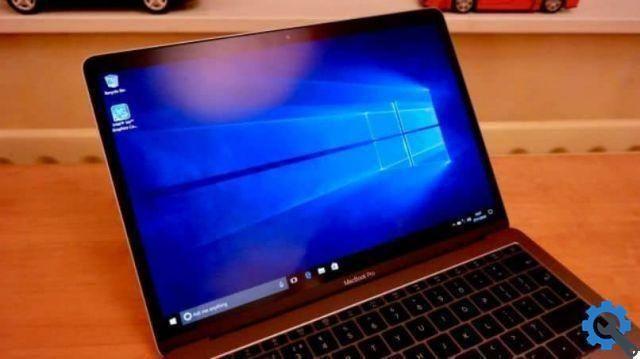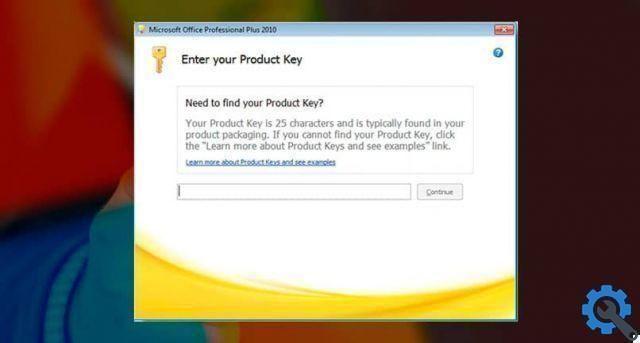Undoubtedly Skype is one of the best calling applications existing, its operation makes it the preferred option for companies and institutions that make video calls constantly, for this reason you must know how to manage it correctly.
While many people are wondering, which is better Skype or WhatsApp? The truth is that Skype has a big advantage, and that is that it is natively available on PC, even if the automatic startup it may be a problem, but here we will show you how to fix it.
How to do and prevent Skype from starting automatically in Windows 10
Disabling automatic application startup can help you free up system memory by improving performance in Windows 10. We recommend this process in case you have a low performing team. To disable Skype automatic start follow these steps
- The first step is to open the Skype application, if it asks for your login information, provide your email or username e password.
- Once in the application, click on the three dots next to your username. Application settings will appear on the screen.
- Among the many options present, you have to click on the tab General. The first option that should appear is Start Skype automatically, to avoid starting with Windows disable this option.
- Likewise, we also recommend that you disable the option Start Skype in the background.
- By following the steps above, you will have successfully disabled Skype automatically starting.
![<a name=]() How to do and prevent Skype from starting automatically in Windows 10" src="/images/posts/bcc2ae45b7c0a8588cfd9da773312371-0.jpg">
How to do and prevent Skype from starting automatically in Windows 10" src="/images/posts/bcc2ae45b7c0a8588cfd9da773312371-0.jpg">
Other methods to disable Skype automatic start
While the above procedure is helpful, there are a few things to keep in mind. It is very likely that other services Skype continue to run and automatically start with the system. For this, consider the information we will provide here.
Using the task manager to prevent Skype from starting automatically
In case the Skype process continues to consume your computer's capacity, it is most likely running in the background. For this we have a solution, use the task manager and prevent Skype from starting automatically.
- For this, the first thing to do is to open the task manager. You will do this by pressing i tasti Ctrl + Alt + Canc, with which the security options will appear on the screen, click Task Manager.
- Once the Task Manager appears on the screen, you should go to the tab Start, click on it.
- Here you need to locate any related Skype application, in case you find one, right click on it and click on the option Deactivate.
- This is another way to ensure that the Skype program does not start automatically.
It should be noted that in order to use this system tool more efficiently, it is recommended to properly customize the Windows Task Manager, in this way you will be able to access all information more easily.
For more advanced users
Likewise, if a Skype application process is still running, you can choose to access Startup Options via Msconfig. Keep in mind that this is a fairly advanced procedure, so we recommend that you at least learn how to start, restart and stop Windows services from CMD, even if you do it very carefully.
- To do this, press the key Windows + R, the Run program will appear on the screen.
- In the space for the text write the following " msconfig »And click OKAY.
- Go to the tab Services and enable the option Hide all Microsoft services. This will display all those third party application services, such as Skype.
- Locate all Skype related services and disable it. Once this is done, click the OK button.
How to do and prevent Skype from starting automatically in Windows 10" src="/images/posts/bcc2ae45b7c0a8588cfd9da773312371-1.jpg">
The above methods can be very helpful for disable Skype automatic start. Similarly, you can disable the launch of other applications that you don't want to run automatically.
TagsSkype

























